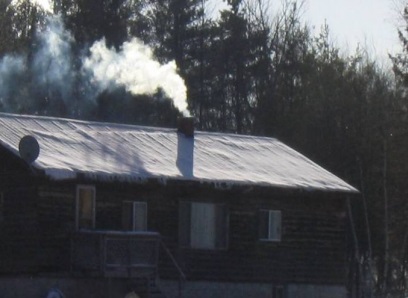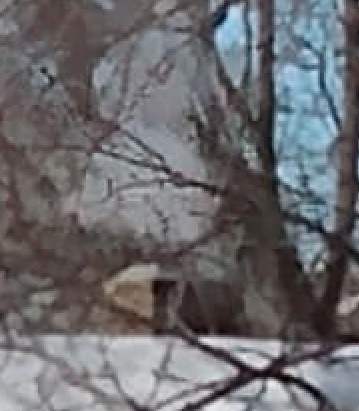Here’s an idea for students looking for an interesting science fair project, or for those who are simply nosy and want to see if their neighbors are wasting energy.
For those of us who live in cold climates, it’s easy to keep track of how much energy your neighbors are using for heating. For any house with a conventional gas, oil, or coal furnace, there’s an easy indicator telling you exactly when their furnace is running. There’s a vent on the roof of the house, and when the furnace is running, you can see steam rising from it. When the furnace is turned off, the steam quickly disappears. (The water vapor might not be visible when the temperature is high enough, but on cold days, the effect is readily apparent.)
This means that just by looking at a house, you can tell if the furnace is on. By keeping an eye on it for a few hours, you can determine what percentage of the time the furnace is running. Families who are conserving energy by turning down the thermostat a few degrees, or those who have well insulated houses, will have the furnace on fewer minutes per hour, saving money and energy.
For a science fair project, the student is usually expected to design an experiment that answers a question. The easiest question would be, “how does temperature affect fuel consumption.” By monitoring on different days with different temperatures, you can make a chart showing that when the temperature goes down, the amount of time the furnace runs, and hence the amount of fuel burned, goes up. Or you could compare different houses, and answer the question of whether a _____ house uses more energy than a ____ house. You can fill in the blanks as you please.
Since numerous chimneys are probably visible from your house, you can conduct the entire experiment from the comfort of your own home.



